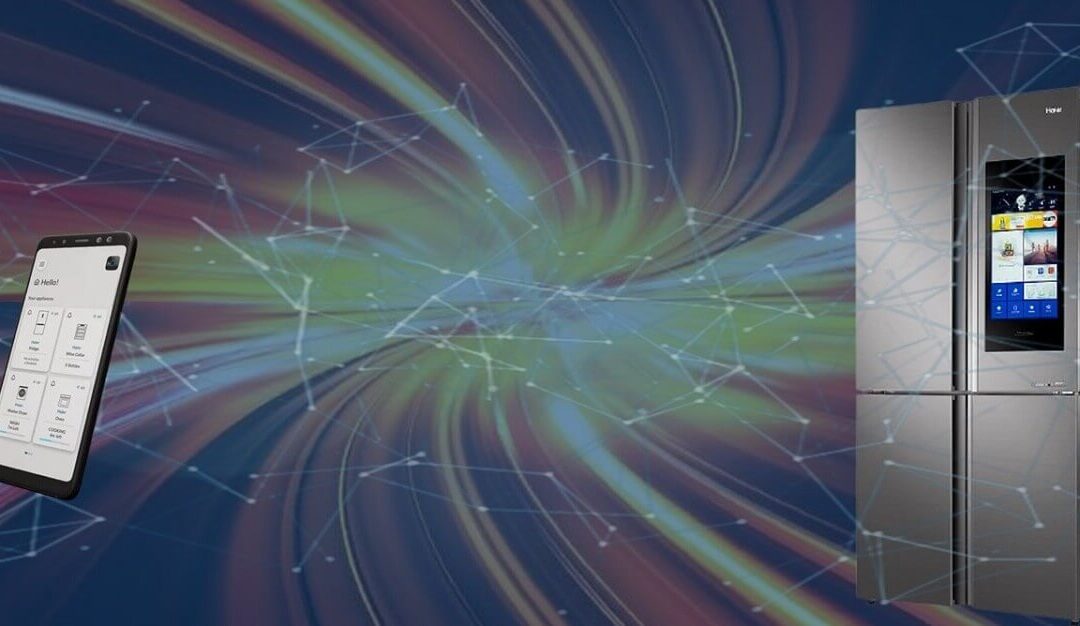The service industry is awash with new technology. From smart sensors to field service automation. From virtual assistants to web portals and mobile apps.
The common denominator?
Making use of real time information to increase service efficiency and improve the customer experience. This drives better results as measured by:
Reduced operational costs
So how are smart businesses using technology?
Predictive maintenance and servitisation
Once the preserve of organisations maintaining high value, critical field assets, the falling costs of smart sensors and web based monitoring, are beginning to make connected machines an economic reality for an increasing range of industrial and consumer machines.
Where a machine fails the technician can not only remotely diagnose the problem. He can also obtain detailed guidance on how to fix it. This in turn increases the likelihood of a first time repair.
In industrial applications, service organisations are using IoT for predictive rather than scheduled maintenance. Through gathering real time data, many organisations are also now better able to calculate the true cost of use of equipment.
As a result, business models are changing from product sale plus ad hoc service to full servitisation through asset leasing.
The latest PWC/Servicemax research reveals that 83% of businesses believe that early adopters of IoT have clear competitive advantages.
So, it is no surprise that over two thirds of service businesses surveyed are committed to develop their expertise in this area.
Process automation and self service
Forward thinking companies have automated their processes from service request right through to the receipt of customer satisfaction feedback.
Online FAQs and solve it yourself videos provide first level soft service. This is taken a step further through the use of artificial intelligence powering chatbots. Whereas web portals allow customers to book, amend and cancel appointments.
Automation at the enquiry/booking stage reduces the burden on call centre agents and help desk staff. It also satisfies the growing customer requirement for 24/7 self-service.
In addition, ERP systems such as SAP CRM, Oracle and specialist field service software automatically assign jobs to field based engineers based on efficiency criteria.
Such systems are also capable of triggering automated customer messaging through SMS or email.
Data updates received from telemetry inputs and engineers’ terminals are also made available to the customer through web portals and mobile apps.
Since status is shown in real time (or just as soon as data transmission is possible), the customer is kept fully informed on the engineer’s estimated time of arrival at site.
This simultaneously increases customer satisfaction whilst reducing the number of service appointments missed by the customer.
As with self-service call booking, engineer tracking also takes the pressure off hard-pressed field service desks.
Today, in some organisations up to 30% of all inbound calls are to check on the status of jobs or to change previously agreed time slots.
Data collection and service revenue generation
Not so long ago, businesses collected just sufficient data from the customer to provide the engineer with the information and parts required to make a repair. The so-called “break-fix” scenario. Reactive service focused on the product and not on the customer.
Today, service is all about supporting the customer over the entire product lifecycle providing integrated ownership solutions for all equipment in the installed base.
At every touch point – whether online, over the telephone or face to face – companies collect data on product use, customer preferences and future needs.
The enabling technologies include cloud computing, CRM systems, mobile apps and automated C-sat surveys.
By building up a complete picture over time, organisations are able to identify additional products and services to offer through targeted up and cross selling.
They can also more effectively manage the pre-end of life stage and smoothly transition to a new product sale.
Technology is changing the way that service is delivered
Technology enables customers to provide more information on their products and the way that they prefer to use them. In return, they expect responsive and personalised service at the lowest cost.
Customer experience with the product in use is more important than any other factor for customer loyalty. A service request is therefore a moment of truth. How well a company responds is increasingly a make or break moment.
In tomorrow’s hyper-connected world, the winners will be those companies who investing in new technology.
Your ability to deploy it seamlessly and flawlessly in all parts of your service organisation is vital to drive the better results that customers are increasingly demanding.
NB: Servitisation refers to an integrated product and service offering that delivers value in use. Examples include airlines paying Rolls-Royce for engines based on hours flown or offices paying photocopier firms based on documents printed. The products are supplied and maintained exclusively by the manufacturer.
This article, originally published in June 2016, has been extensively rewritten in March 2020





